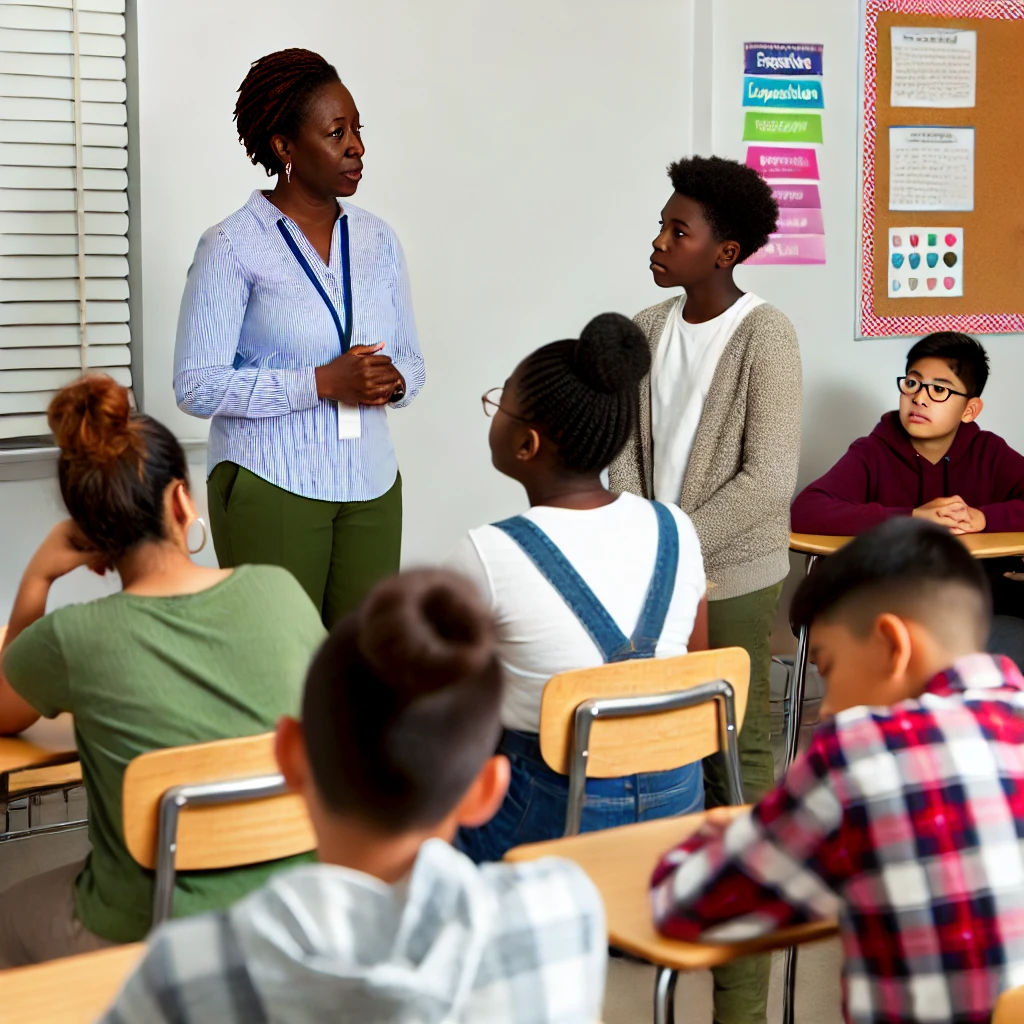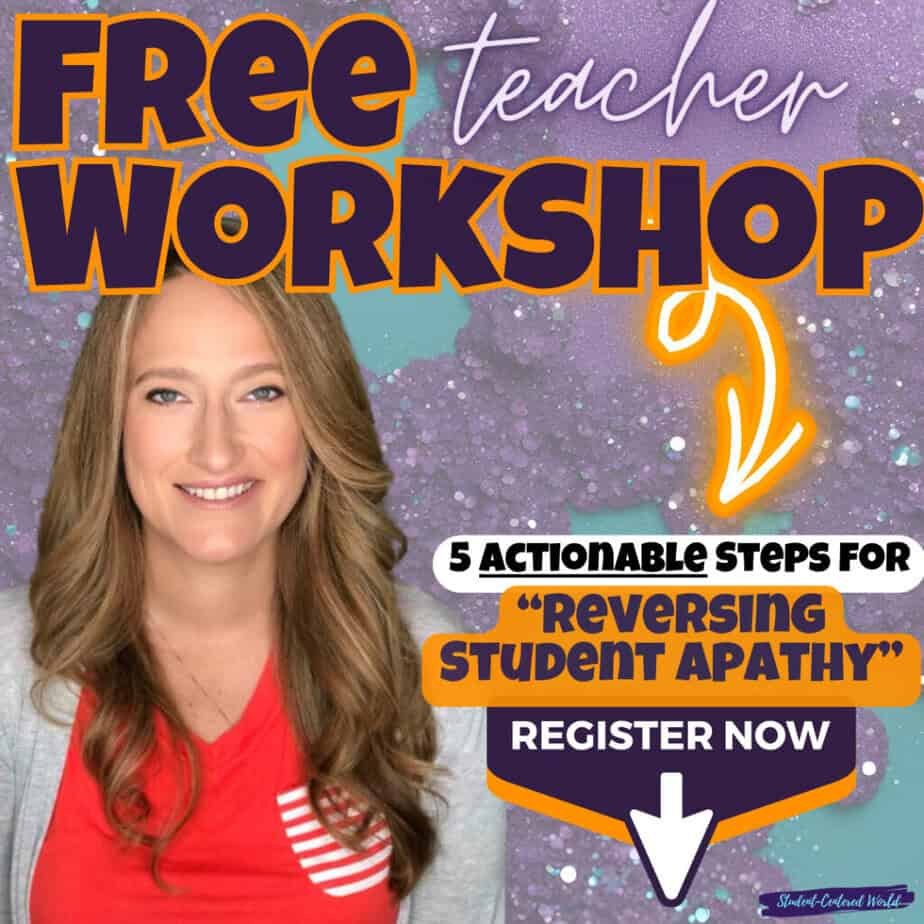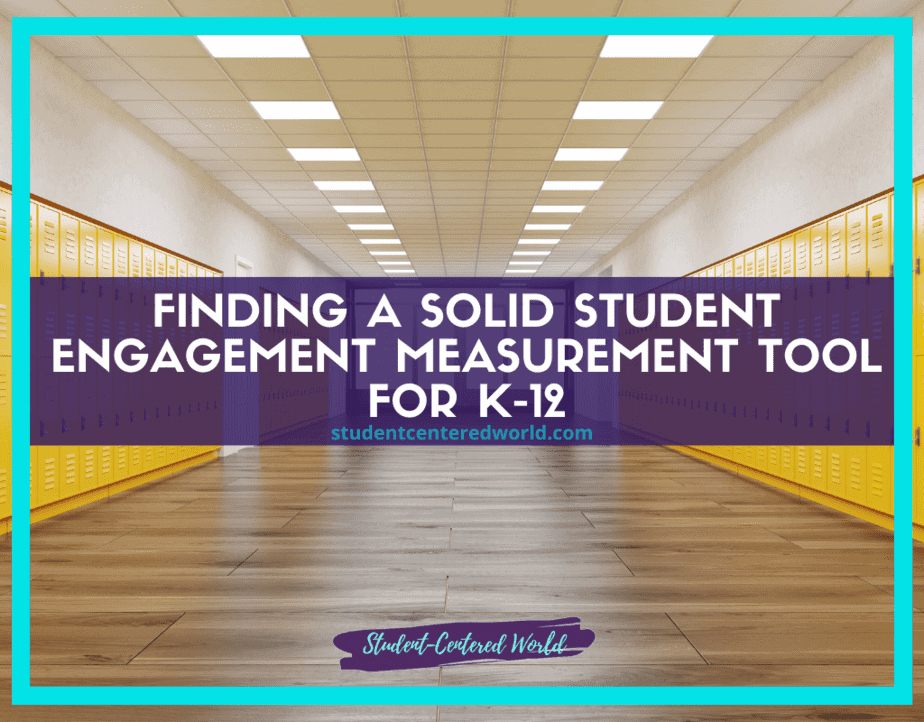Creating and Establishing Classroom Expectations
Creating effective classroom expectations and fostering mutual respect between teachers and students are foundational elements for achieving a successful school year. This approach is essential for building a classroom community that supports student success and promotes a positive learning environment. Establishing clear and consistent expectations not only helps in managing classroom behavior but also creates a sense of security and predictability for students.
Mutual respect, on the other hand, encourages open communication, trust, and a collaborative atmosphere where students feel valued and understood. These components work together to create an environment where students are motivated to engage, participate, and excel academically and socially.
Furthermore, when students understand and respect classroom expectations, they are more likely to take personal responsibility for their actions, leading to a more harmonious and productive classroom dynamic. This foundation of mutual respect and clear expectations sets the stage for effective teaching and learning, allowing educators to focus on instruction rather than discipline.

Below, let’s look into the importance of these elements, explore additional strategies, and provide more detailed guidance on implementing effective classroom expectations. This comprehensive approach will ensure that both teachers and students have the tools and understanding needed to foster a positive, respectful, and high-achieving classroom environment.
The Significance of Classroom Expectations
Classroom expectations play a critical role in classroom management and setting the tone for the school year. They help establish a framework within which students can understand the boundaries and behavioral standards expected of them. Clear expectations reduce ambiguity and provide a structured environment where students can thrive.
1. Promoting Mutual Respect
Mutual respect between teachers and students is fundamental for creating a safe and supportive learning environment. Respectful behavior fosters trust, open communication, and a sense of belonging among students. When students feel respected, they are more likely to reciprocate that respect towards their peers and teachers, creating a positive cycle of interaction and cooperation.
2. Enhancing Student Engagement and Learning
Clear classroom expectations and mutual respect enhance student engagement. When students know what is expected of them and feel respected, they are more motivated to participate actively in classroom activities. This engagement leads to better academic outcomes and a more dynamic and interactive learning experience.
Developing Effective Classroom Expectations
Creating classroom expectations involves a strategic and inclusive approach. Here are additional guidelines to help teachers develop effective expectations that cater to the diverse needs of their students:
1. Tailor Expectations to Grade Levels and Developmental Stages
It’s crucial to consider the developmental stages and grade levels of students when creating classroom expectations. Younger students in elementary school may require simpler, more concrete rules, while older students in middle and high school can handle more abstract and nuanced expectations.
- Elementary Students: Focus on simple, clear rules that emphasize basic behavioral standards, such as “Keep your hands to yourself,” “Raise your hand to speak,” and “Follow directions quickly.” Visual aids like anchor charts and role-play scenarios can help reinforce these expectations.
- Middle School Students: Middle school students are beginning to develop more complex social and cognitive skills. Expectations should reflect this by encouraging personal responsibility, respectful behavior, and positive interactions. Examples include “Respect others’ opinions,” “Take responsibility for your actions,” and “Work collaboratively with peers.”
- High School Students: High school students are preparing for adulthood and need expectations that promote independence, critical thinking, and academic freedom. Rules such as “Submit assignments on time,” “Participate actively in discussions,” and “Respect the learning environment” are appropriate for this age group.
2. Involve Students in Setting Expectations
Involving students in the process of setting classroom expectations can significantly enhance their sense of ownership and commitment. This collaborative approach can be implemented through various activities:
- Class Discussions: During the first week of school, engage students in discussions about what they believe are important behaviors and attitudes for a positive classroom environment. This dialogue can lead to the creation of mutually agreed-upon expectations.
- Surveys and Feedback: Use surveys to gather students’ input on classroom expectations. This method allows students to express their views anonymously, providing more honest and comprehensive feedback.
- Classroom Contracts: After discussions and surveys, create a classroom contract that outlines the agreed-upon expectations. Have all students sign the contract as a commitment to uphold these standards.
3. Use Visual and Interactive Tools
Visual aids and interactive tools can reinforce classroom expectations effectively. Here are some strategies:
- Anchor Charts: Create anchor charts that visually display classroom rules and procedures. Place these charts in prominent locations around the classroom as constant reminders.
- Bulletin Boards: Design a bulletin board dedicated to showcasing positive behaviors and student achievements. This visual representation can motivate students to adhere to classroom expectations.
- Role-Play Scenarios: Conduct role-playing activities to demonstrate appropriate behaviors in various situations. This practice helps students understand and internalize the expectations through experiential learning.
4. Implement Consistent and Fair Application
Consistency is key to maintaining an effective learning environment. Apply the rules and expectations fairly across all students to ensure that everyone is held to the same standards. Address expectation violations promptly and consistently, using a fair and transparent process.
- Behavioral Consequences: Establish a clear system of consequences for violating expectations. Ensure that the consequences are proportional to the behavior and consistently applied.
- Positive Reinforcement: Use positive reinforcement to encourage good behavior. Recognize and reward students who consistently follow the rules and contribute to a positive classroom environment. This can be done through verbal praise, reward systems like PBIS (Positive Behavioral Interventions and Supports) initiatives, or tangible rewards.
Building a Positive Learning Environment
Creating a positive learning environment involves more than just setting expectations. It requires fostering a culture of respect, support, and encouragement. Here are some strategies to achieve this:
1. Establish High Expectations
Set high academic and behavioral expectations for all students. Communicate these expectations clearly and provide the necessary support to help students meet them.
- Academic Expectations: Encourage students to strive for excellence in their academic work. Provide challenging yet achievable goals and offer support through differentiated instruction and additional resources.
- Behavioral Expectations: Maintain high standards for behavior and conduct. Encourage students to demonstrate respect, responsibility, and cooperation in all interactions.

2. Foster Positive Relationships
Building strong, positive relationships with students is essential for creating a supportive classroom environment. Here are some ways to foster these relationships:
- Get to Know Your Students: Take time to learn about your students’ interests, backgrounds, and learning styles. This knowledge helps you tailor your teaching approach and build rapport.
- Show Empathy and Understanding: Demonstrate empathy by actively listening to students’ concerns and showing understanding. Address their needs and provide support when necessary.
- Encourage Peer Relationships: Promote positive interactions among students through group activities, collaborative projects, and social-emotional learning (SEL) programs. Encourage teamwork and cooperation to build a strong classroom community.
3. Create a Safe and Respectful Environment
A safe and respectful learning environment is critical for student success. Ensure that all students feel valued, respected, and safe in the classroom.
- Address Bullying and Harassment: Implement anti-bullying policies and create a zero-tolerance approach to bullying and harassment. Educate students about the importance of respectful behavior and provide strategies for resolving conflicts peacefully.
- Promote Inclusivity and Diversity: Celebrate diversity and promote inclusivity in the classroom. Ensure that all students, regardless of their background or identity, feel welcome and included. This can be achieved through culturally responsive teaching practices and diverse curriculum materials.
4. Support Student Success
Tailor your lesson plans and teaching strategies to meet the diverse needs of your students. Provide support and resources to help students achieve their academic and behavioral goals.
- Differentiated Instruction: Use differentiated instruction to address the varying learning needs and abilities of students. Offer multiple ways for students to engage with the material and demonstrate their understanding.
- Positive Feedback and Encouragement: Provide regular positive feedback and encouragement to motivate students. Highlight their strengths and achievements to build their confidence and self-esteem.
- Set Goals and Monitor Progress: Help students set realistic and achievable goals for their academic and behavioral development. Monitor their progress and provide guidance and support to help them reach these goals.
5. Utilize Positive Reinforcement
Positive reinforcement is a powerful tool for promoting good behavior and creating a positive learning environment. Recognize and reward students for their positive behaviors and contributions to the classroom community.
- Behavior-Specific Praise: Provide behavior-specific praise that acknowledges the specific actions and behaviors you want to reinforce. For example, instead of saying, “Good job,” say, “I appreciate how you helped your classmate with their assignment.”
- Reward Systems: Implement reward systems such as PBIS rewards to incentivize positive behavior. Rewards can include points, tokens, or certificates that students can exchange for privileges or prizes.
6. Encourage Student Autonomy and Responsibility
Encourage students to take responsibility for their own behavior and learning. Promote autonomy by giving students opportunities to make choices and take on leadership roles.
- Choice and Voice: Provide students with choices in their learning activities and assignments. Allow them to have a voice in classroom decisions and rules.
- Leadership Opportunities: Create leadership opportunities for students, such as classroom jobs, peer tutoring, or leading class discussions. These roles help students develop responsibility and leadership skills.
Conclusion
Creating effective classroom expectations and fostering mutual respect between teachers and students are essential for building a positive and productive learning environment. By setting clear expectations, involving students in the process, using positive reinforcement, and promoting positive relationships, teachers can create a classroom culture that supports student success and promotes a positive learning environment. These strategies not only enhance student behavior and academic performance but also contribute to a successful and enjoyable school year for all.

Furthermore, this approach helps students develop important life skills such as responsibility, accountability, and respect for others. When students are part of a classroom community that values mutual respect and clear expectations, they are more likely to carry these values into other areas of their lives, contributing positively to their broader social interactions and future workplaces. Teachers who successfully implement these strategies often notice a marked improvement in overall classroom morale and student engagement, leading to a more dynamic and interactive learning experience.
In addition, fostering a respectful and well-managed classroom environment can significantly reduce stress and burnout for teachers. When students understand and adhere to established expectations, teachers can spend less time on disciplinary actions and more time on instructional activities, creative teaching methods, and one-on-one support. This not only improves the quality of education but also allows teachers to focus on their passion for teaching and mentoring students.
In conclusion, the investment in establishing effective classroom expectations and nurturing mutual respect is invaluable. These efforts lay the groundwork for a thriving educational environment where students are empowered to succeed and teachers are supported in their professional roles. As educators continue to refine and adapt their approaches, the positive impact on student behavior, academic achievement, and overall classroom climate will be profound, paving the way for continuous growth and excellence in education.
Stop Driving the Teacher Struggle Bus
Are you struggling with student engagement, apathy, or keeping your class on track?
💫💫 There’s hope! 💫💫
If you’re ready to take the first step towards reviving student engagement and transforming your classroom, I invite you to join me for my free workshop “Reversing Student Apathy” designed to equip educators with innovative strategies that work.
This free teacher workshop offers educators a valuable opportunity to explore and address student apathy. By examining its causes and discussing strategies, participants will learn how to make meaningful changes in their teaching methods that are actually working. The sessions are engaging and collaborative, allowing educators to share experiences and develop a collective approach to improving student engagement.
Highlights include:
- Understanding the roots of student apathy and its impact.
- Strategies for enhancing classroom dynamics.
- The importance of educator-student relationships.
- Innovative teaching approaches for today’s students.
By the end of the workshop, you will not only understand what you need to accomplish to stabilize the 4 pillars of your classroom, but you will also walk away with 5 tangible ideas to try in the classroom the very next day.
Join today to be part of the solution to reigniting student enthusiasm and engagement.






